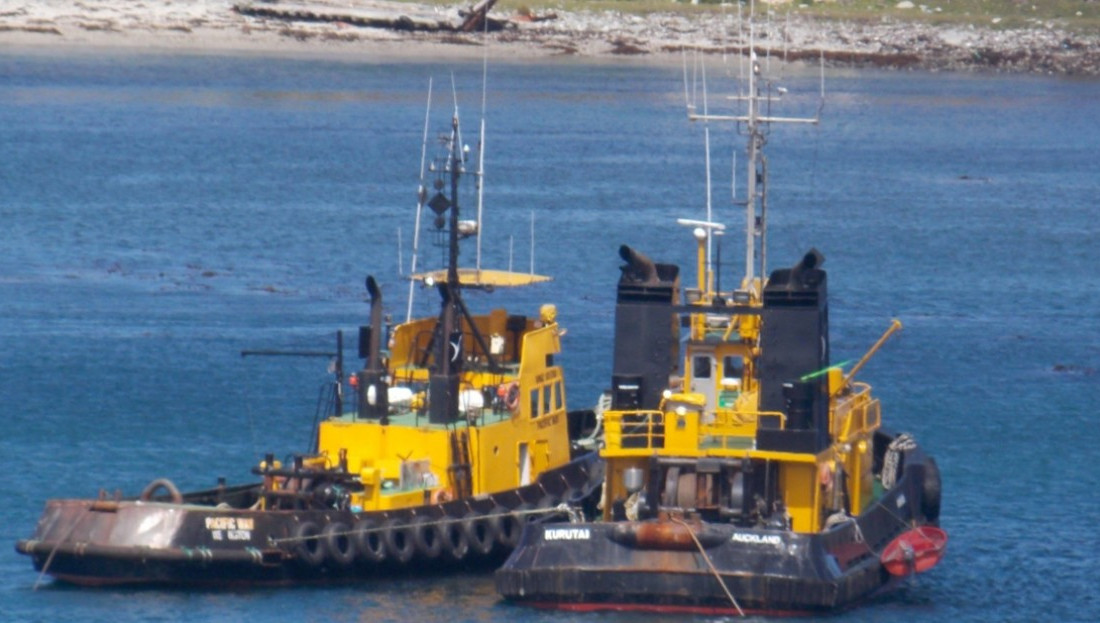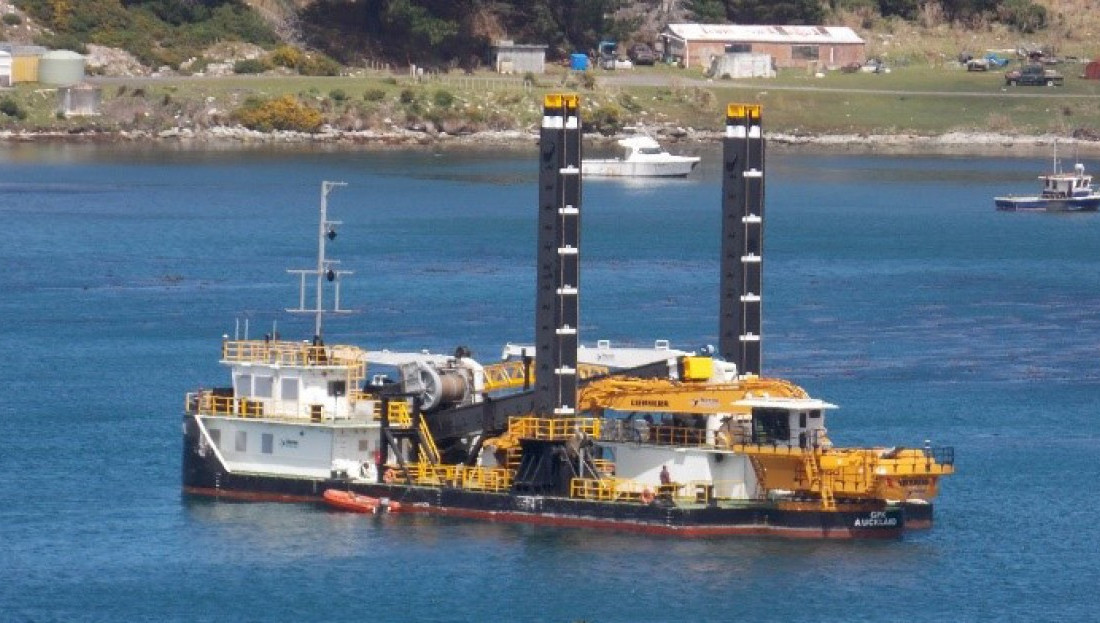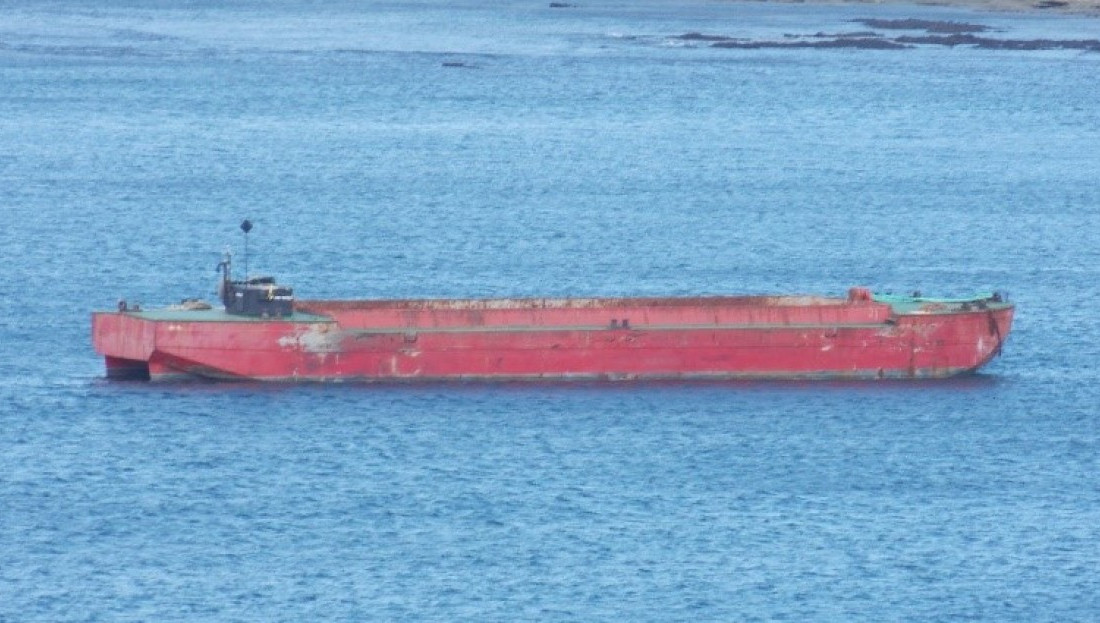Marine biosecurity in the Chatham Islands
Date
16 October 2018
The 11 Chatham Islands sit approximately 860 kms east of New Zealand and even though they have their own Council, a lack of resources and sheer size of the island group, means they sub-contract biosecurity to Environment Canterbury.
Environment Canterbury Biosecurity Project Manager, Steve Palmer heads up a team of two biosecurity staff - Kerri Moir and Robin Seymour - on the ground at the Chathams.
Getting staff geared up for the marine environment
The ports on the Chatham Islands are not considered high risk to new marine pest invasions so it’s not part of the national marine pest surveillance programme and their staff aren’t equipped or trained to carry out annual marine pest surveys. Should an incursion happen, the Ministry for Primary Industries (MPI) still supports them.
“Rather than spending a lot of money contracting in divers to carry out annual marine pest surveys,” says Steve, “In March 2016, we arranged to train up and equip two Environment Canterbury staff and three resident commercial divers to the required standards.”
Since then, the Chathams dive team have carried out multiple dives at Port Hutt, Kaiangaroa, Owenga and Waitangi ports. Several of the team also carried out a marine pest survey at Dampier Bay Marina in Lyttleton in March 2017 and a number of pests were found.
Dive team established
In late October 2017 on a routine inspection at Waitangi Wharf, Biosecurity Officer Kerri Moir spotted a barge berthed alongside the wharf that wasn’t expected to be there. Kerri found Undaria pinnafitida seaweed attached to the barge just below the waterline and arranged for a survey dive on-site which discovered significant bio-fouling, the presence of Undaria and possibly Styela clava.
After speaking to the owner , Kerri discovered that this vessel was only one of four that had arrived the day before. There were also two tugs and another barge/dredge already moored at Port Hutt.
The Chatham Islands dive team arranged to dive all four vessels the following day, they noted marine pests and took samples, then notified MPI of a potential marine pest incursion.
In summary, they found one tug clean and the dredge had a minor infestation of d.vexillum, they both remained in Chatham waters and the d.vexillum on the dredge was dealt with on site. The other tug and barge were sent to Lyttleton for antifouling treatment after undaria, Styella, and Sabella were found.
“That’s a lot of marine pests in just one incursion,” says Steve.
Once the cleaning and anti-fouling was completed, the company running the vessels were free to continue their business on the Chathams.
“This was a fantastic intervention:, says Steve. "It raised a lot of awareness around bio-fouling and gave the Chathams dive team a great opportunity to test their levels of skill. And they did a great job.”


